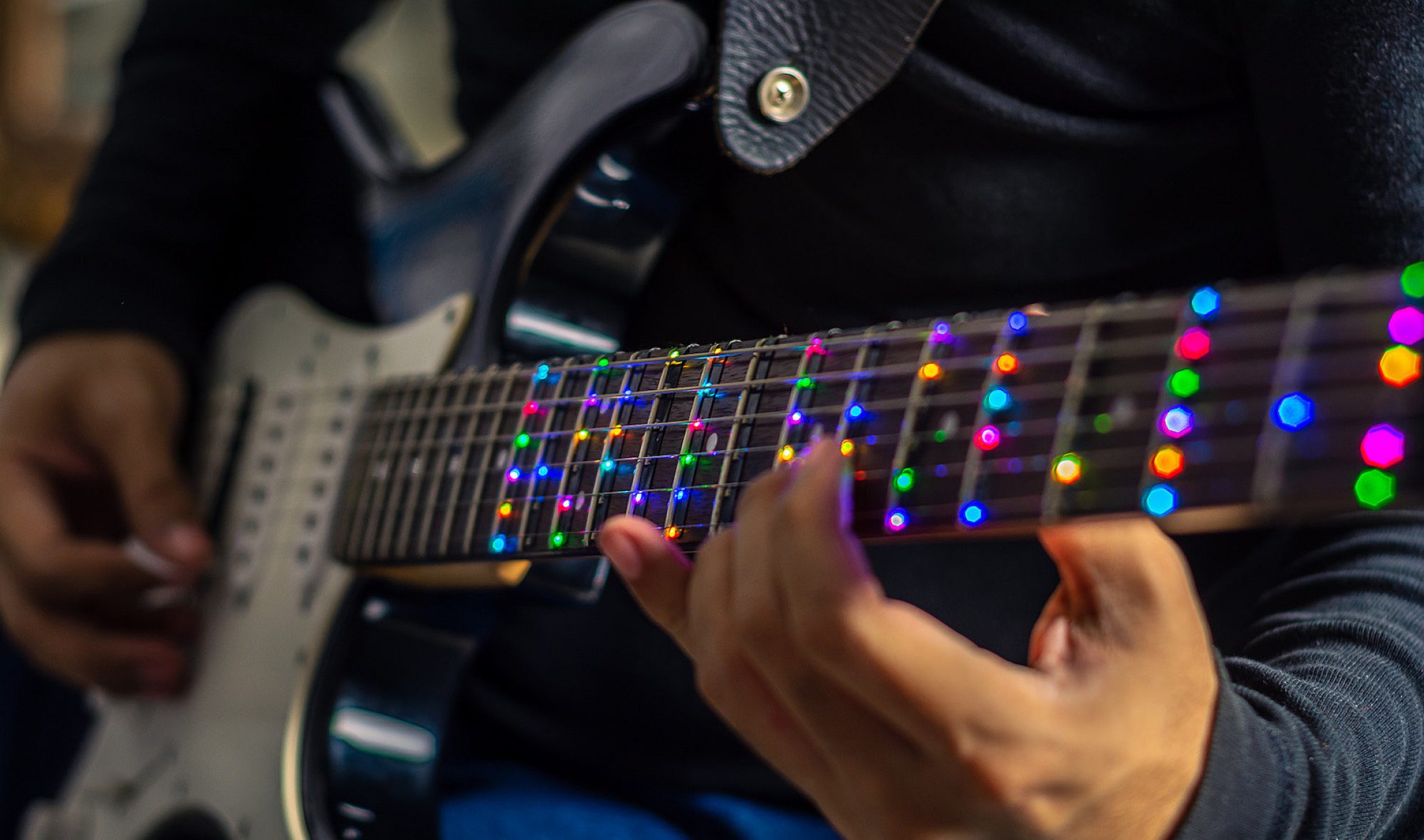The most significant risks we are facing with our project are still detecting which string is strummed and also indicating to the user how long to play a note/when the next note is coming.
The solution we currently plan to implement for determining which string is strummed is to put a metal contact on the guitar pick and detect when it is in contact with one of the strings the same way the finger placement is detected. Owen has constructed some guitar picks with metal tips that we can test out for this purpose, as shown below

For the other main risk, we currently have plans to indicate the tempo to the user, but songs have rests and notes that last more than 1 beat, so we need an indication to users regarding when to play a note. One potential solution to this is to have a set of LEDs on the fretboard not dedicated to showing you where to place your fingers, but showing you when to play the next note in the song.
The main change to the system block diagram has been that the Pi-Hat PCB will no longer contain the strum-detection circuitry, and this will instead be done on a perfboard. This will enable more flexibility and modification to the circuit in the future and reduces the risk of an issue affecting the circuit. The strum detection circuitry will interact with the Teensy via pads on the Pi-Hat
There have been no changes in the schedule and progress is on track.
The main team accomplishments this week consisted of Owen assembling the fretboard PCBs, which Tushaar was then able to control and light up to the rhythm of Twinkle Twinkle Little Star. The rhythm was determined by a MIDI file, which Tushaar and Ashwin are able to communicate between the Pi and Teensy. This week, we hope to test the finger placement sensing and perform further integration of the Pi and Teensy communication.

This image shows 3 of the 5 assembled fretboard PCBs being controlled by a microcontroller to light up in a pattern.
